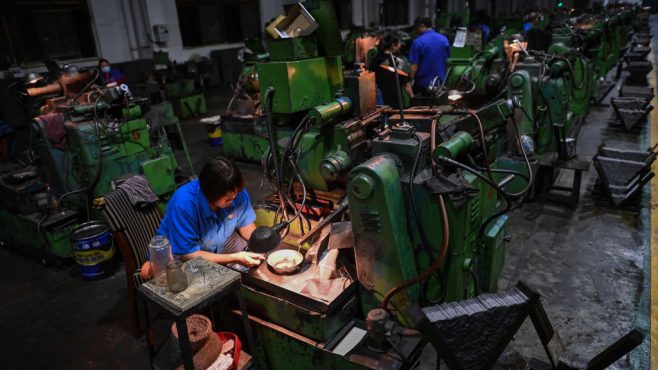Improved product recycling in China’s energy-intensive industries– including steel, cement, aluminium and plastic production – could reduce carbon emissions by 23 billion tonnes by 2050, and reduce demand for primary products by 16–53%, says the not-for-profit RMI in a new report.

Annual production of primary steel could fall from 950 million tonnes today to 190 million tonnes in 2050, if steel was recycled to its full potential, the report says.
In 2020, China’s steel scrap volume exceeded 220 million tonnes. This growing supply of steel scrap can cover the demand of electric-arc furnace plants that rely on scrap steel as the primary feedstock, which exceeds 305 million tonnes a year by 2030, RMI says.
A subsequent fall in annual production of primary steel could lead to an emissions reduction of over ten billion tonnes of CO2 between 2020 and 2050, compared with the reference scenario. This scenario assumes technological progress, economic development and population growth remain unchanged, and no significant demand reduction or increased rate of recycling.
Resource recycling in the steel sector could create a 713bn yuan (£4.6bn) annual market in China by 2050. To capitalise on this opportunity, the report calls on steel companies to integrate steel scrap supply and recycling into their business models, and to focus on expanding their production of steel scrap-using electric arc furnaces.



